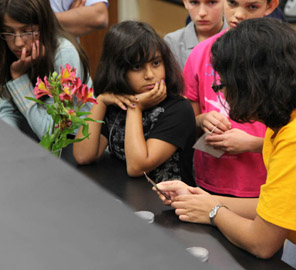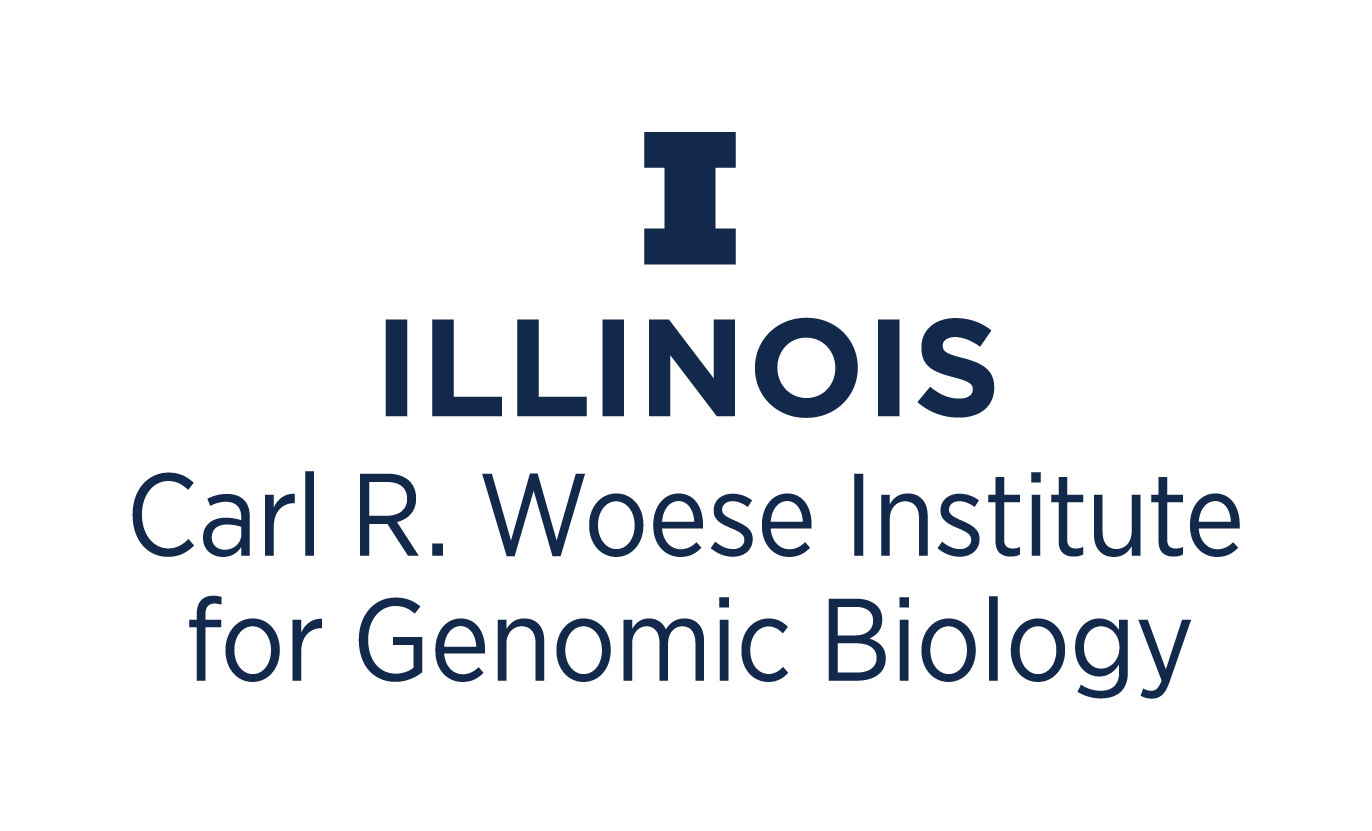Honey bees prosper with quality, not quantity, of food in novel laboratory setup
Honey bee workers collect pollen and nectar from a variety of flowering plants to use as a food source. Honey bees typically forage from up to 1-2 miles away from the hive, though sometimes they travel even further, including up to 10 miles away. However, much of the modern landscape consists of agricultural fields, which limits the foraging options for honey bees in these areas.



 Middle school girls learned that pollen does a lot more than help flowers reproduce at Pollen Power Camp!, a weeklong summer camp hosted by the Institute for Genomic Biology (IGB) at the University of Illinois at Urbana-Champaign.
Middle school girls learned that pollen does a lot more than help flowers reproduce at Pollen Power Camp!, a weeklong summer camp hosted by the Institute for Genomic Biology (IGB) at the University of Illinois at Urbana-Champaign.
